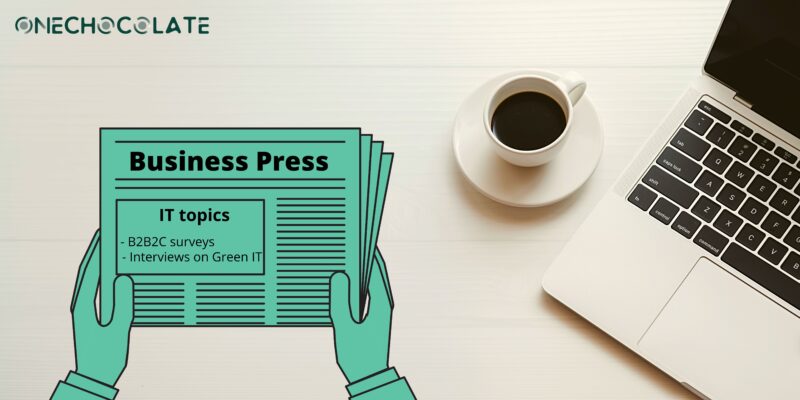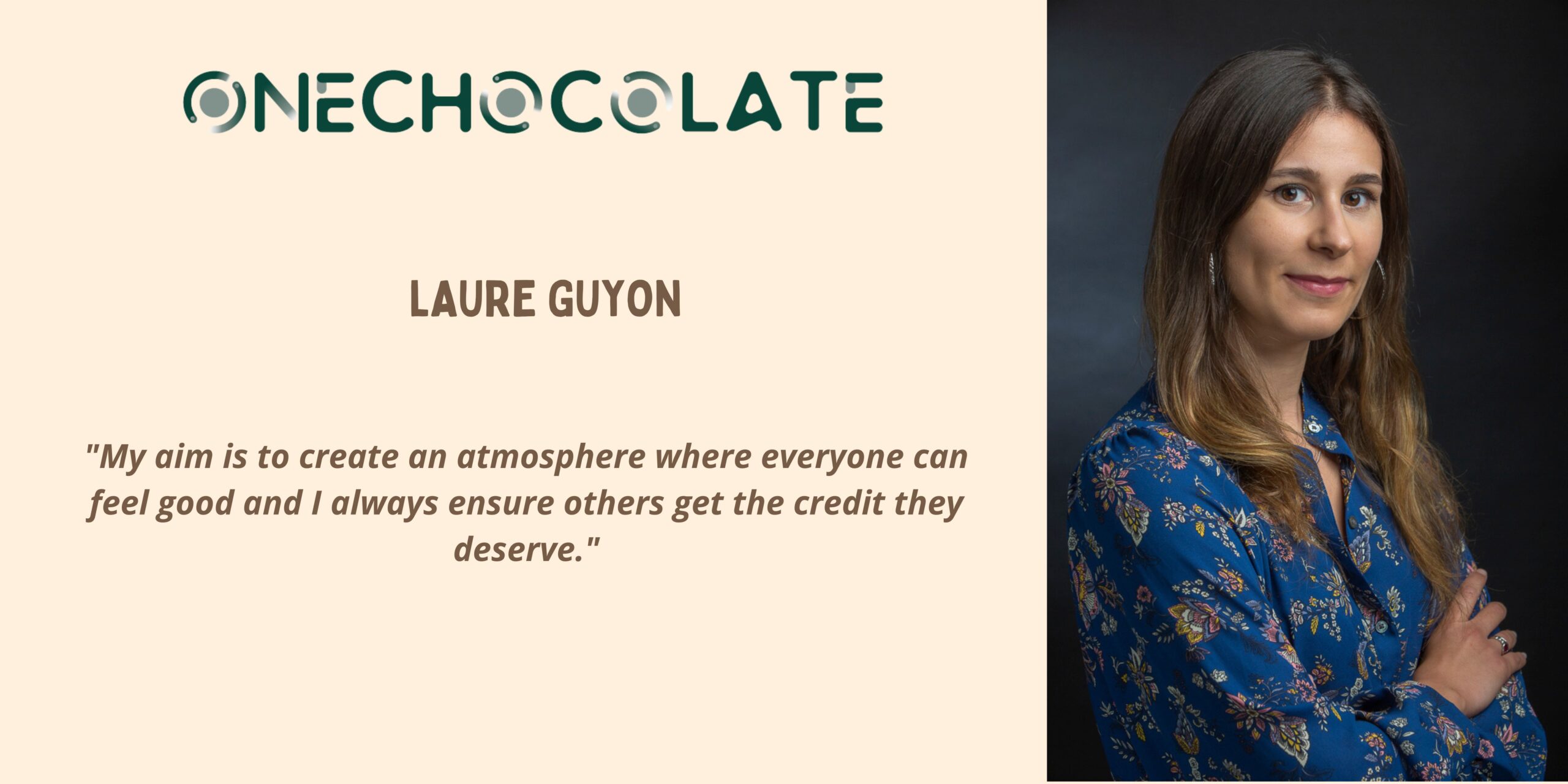
According to French press relation agencies, arousing the interest of mainstream media such as Les Echos, Le Figaro, or Le Monde undeniably paves the way for successful PR campaigns. Furthermore, securing regular publications in these media is neither an impossible task, nor a matter of luck. Given the key role that new technologies play in the transformation and day-to-day operations of businesses, IT stakeholders are gradually making their way into the print and web editions of these media.
We will look back at strategies that have paid off with OneChocolate’s clients.
What type of content or format should you select?
Below are the main formats that are likely to be of interest to business press journalists:
- Major corporate announcements, such as an acquisition, an IPO, a change in the business model, or the appointment of a new CEO.
- Portraits of leaders, if they are rated #1 in the world or in France.
- Opinion articles – also known as “bylines.”
- B2B2C surveys containing interviews of employees or leaders of specific companies, for instance.
- Customer case studies linked to renowned French companies.
- Interviews on specific themes such as Green IT, recruitment hardships, etc.
‘‘Sounds easy to me!’’ is a thought that may have occurred to you after reading these bullet points, because you already know which news items or upcoming statements you will use. However, there are also other prerequisites you need to consider first.
Requirements
In order to get published in the business press, your content needs to be aimed at its target audience – i.e., business leaders – or at least aligned with the current challenges faced by the same business leaders.
For instance, if you have recently conducted a survey interviewing technology experts, it is likely that the editorial staff will show no interest in relaying it. Similarly, if a news item related to a change in business model has an impact on the market, but is not explained in non-technological terms, the business journalist is likely to remain totally indifferent. Concerning portraits, highlighting a leader’s position is not enough: if you want to convince a journalist, you have to shed light on their specific characteristics and passions – it could be macramé, bodypainting or even wakeboarding – in order to make them sound more relatable.
Lastly, the content you wish to publish must absolutely be an exclusive for one of these media. Do not try to bite off more than you can chew – it is always better to secure one business publication at a time than to miss them all at once!
You now hold the key to publishing an article in a business media. Of course, if you want to land and close an opportunity, nothing can ever replace the long-term relationships developed by press officers with editors, journalists, and freelancers.
Please keep in mind that our team remains at your disposal and will be more than happy to help you put the best possible strategy in place.
Alexandra Corbelli




